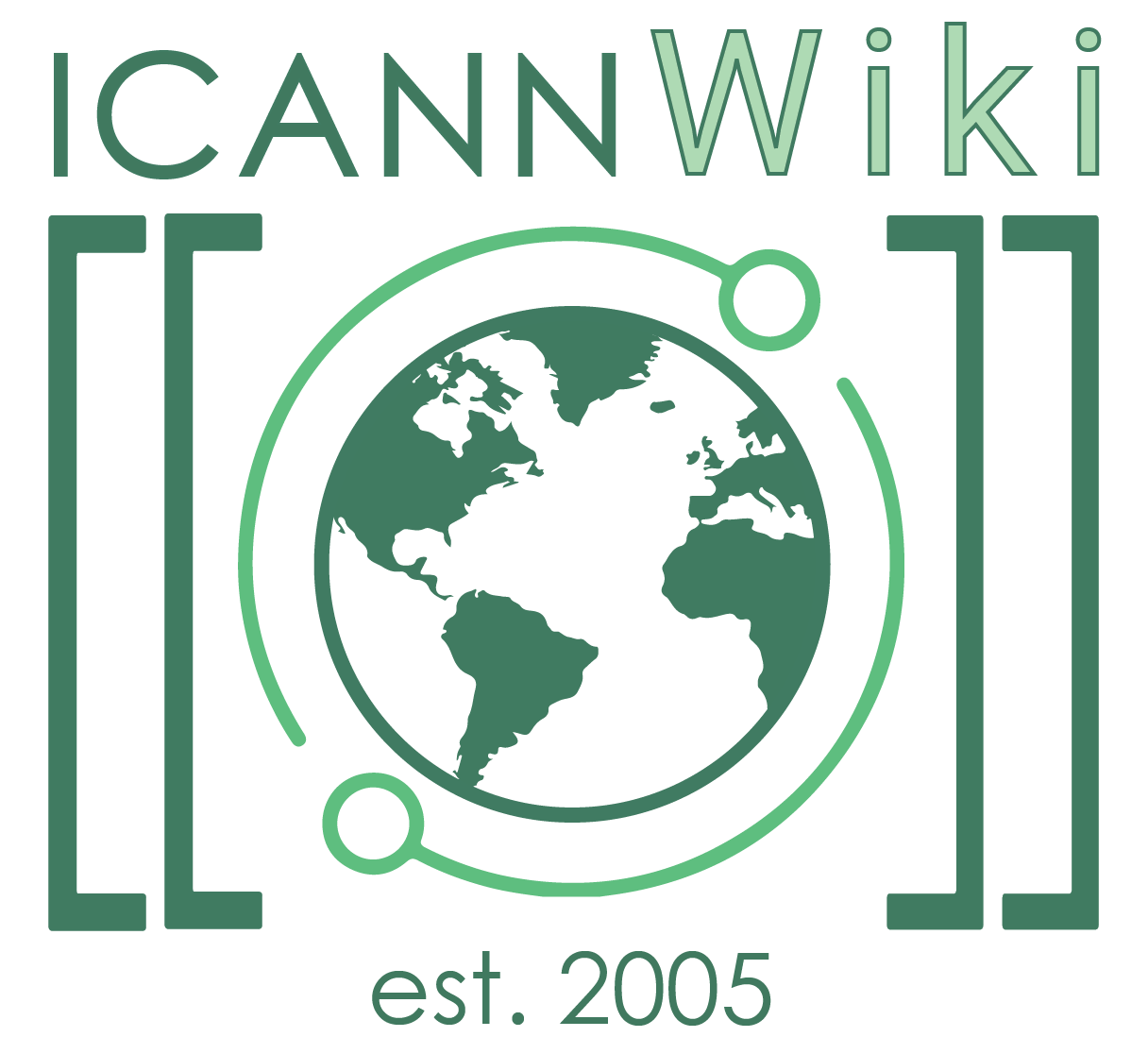United Kingdom Education and Research Networking Association
| Organization | |
|---|---|

| |
| Type | Non-profit |
| Focus | Internet |
| Region | EUR |
| Country |
|
| City | Didcot |
| Founded | 1994 |
| Founders | Higher Education Funding Councils for England, Scotland & Wales, Office of Science & Technology |
| Websites | |
UKERNA (United Kingdom Education and Research Networking Association) is the trading name for JNT Association, a non-profit company funded by UK's advisory committee to manage and develop the UK national research network backbone. UKERNA is also known as JANET (UK).
History
The establishment of UKERNA or Janet (UK) can be traced back to the Wells Report written by Professor Mike Wells.[1]
In 1970, the United Kingdom Computer Board commissioned Professor Mike Wells to lead the working parties to write a report about the situation of networking between the educational institutions in the country known as the Wells Report. In his report, Prof. Mike Wells made two recommendations. First, to create a national research network that would link the university computing centers. Second, the Computer Board should establish a small, full-time unit to coordinate and guide the organizations that are principal recipients of funds from the Department of Education and Science that are involved in the development of the network.
As a result of the Wells Report, the Network Unit was created on November 1, 1976 and ran until October 31, 1978. It is a three member small, full time unit which visited and observed the 50 universities within UK to obtain a comprehensive view of the actual situation within the data communications and to understands the needs of users and service providers.
The Network Unit wrote reports recommending that all network development should be carried out by a full-time Joint Network Team (JNT), which was created in 1979. It was composed of six members: Roland Rosner, leader of the team, Barrie Charles, Les Clyne, Bob Cooper, Jim Craigie and Ken Heard. JNT was able to fund research on networking and became involved in the development of protocols and protocol implementations in software and hardware.
In 1982, JNT achieved the first recommendation of the Wells Report to create a national education and research network after the Science and Engineering Research Council (SERC) agreed to handover its own proprietary network, SERCnet to JNT for development into a full-blown national network connecting all universities and Research Councils. The network was named JANET. It was managed by JNT, partly funded by SERC and the Computer Board.
The Computer Board was dissolved on April 1, 1991 and became the Information Systems Committee (ISC) under the Universities Funding Council. Its primary role is to deal with networking and specialist information services. ISC assumed the funding responsibility for JANET and oversaw the creation of the new company. On 1 April 1993, ISC became Joint Information Systems Committee (JISC).
On December 10, 1993, the Higher Education Funding Councils for England, Scotland and Wales and the Office of Science and Technology formed the JNT Association,a not-for-profit company funded by JISC and traded as UKERNA. Its primary responsibility is to develop and manage JANET and work under a service level agreement with JISC, which ensures that the network will be developed and operated with the education, learning and research community in mind.[2]
Mission
The company's mission is to provide an outstanding and distinctive communication and information services to the UK's research, education, training and cultural communities.[3]
JANET Network
JANET (Joint Academic Network) is a computer network connecting the research and educational organizations in UK as well as the research and education networks in Europe, United States and the Far East. It was created in 1984 to bring together several regional academic networks run by various universities, research organisations and computer centers to facilitate better communications. It was built with an initial speed of 9.6 kbit/s with connections to around 50 sites.[4]
Super Janet
The Super Janet backbone is a result of the Janet Network expansion in 1992. Its speed, coverage and reliability increased and established connections to the global Internet and to academic networks not just in Europe but also in the US, Japan and China. Super Janet is maintained on a fixed-term contract to keep up with the continuous development of technology.
Janet Connections
The Janet Network offers different connections depending on the type of their organizations such as:[5]
- Primary Connection
- Sponsored Connection
- Proxy Connection
- Interconnect Connections
Services
UKERNA of Janet (UK) provides numerous services to its clients including:[6]
- Advisory Services
- Access Grid
- Authentication and Autherization
- Domain Name Registration
- eduroam
- Janet Aurora
- Janet 3G
- Janet Lightpath
- Janet Mail Services
- Janet txt
- Video Services
- Web Services
- Janet Certifice Services
- JANET CSIRT
- Web Hosting
- Manage Router Service
- Web Content Filtering
References
ICANNWiki resources: Special Pages | Content Guide | Documentation | Development || Maintenance: Articles needing attention | Candidates for deletion || Projects: Internet & Digital Governance Library
